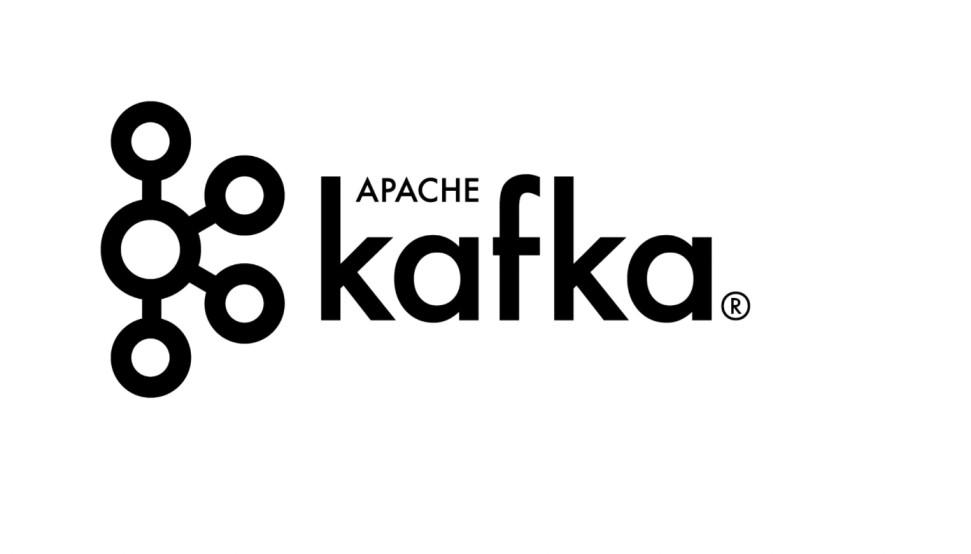Apache Kafka is an open-source, distributed streaming platform designed to provide a unified, low-latency, highly available environment for data processing and streaming applications. Kafka was initially developed by the engineering team at LinkedIn and then later open-sourced in 2011, and it has been adopted by many organizations for their streaming data pipelines.
Kafka is a distributed publish-subscribe message broker system that provides rich, real-time data streams. It can be used in many scenarios such as messaging queues, ingestion of streaming data from sources such as sensors, logs, and web applications, or building real-time data pipelines that can link multiple applications together.
Kafka is a high-throughput, fault-tolerant, distributed streaming platform that consists of a number of components that enable it to store and process large amounts of data. It is composed of the following components:
Producers
Producers are applications or services that send data to Kafka topics in the form of messages.
Consumers
Consumers are applications or services that consume data from Kafka topics.
Topics
Topics are abstractions over Kafka’s data storage, which are used to store messages sent by Producers.
Brokers
Brokers are processes running in the background that manage the messaging queue and the communication between Producers and Consumers.
Cluster
A Kafka cluster is a set of Brokers, running together, and organized in a manner that allows messages to be consumed from different nodes in the same cluster.
Kafka stores incoming data in its topics, which can be divided into partitions. Each partition is an individual log that is represented by an offset, thereby allowing each partition to be processed independently. The size of each partition is determined by the number of producers and consumers producing or consuming data. The offset enables each partition to be randomly accessed and read, creating a highly parallelizable and distributed architecture.
Kafka also supports replication of topic data, which allows the data to be replicated across different nodes in the cluster. This replication ensures that data is not lost in case of any node failure and enables faster access to data. Additionally, Kafka provides fault tolerance by automatically detecting and handling node failures in the cluster.
Kafka provides a reliable way to capture, store, and stream data effectively, making it suitable for a range of use cases. Kafka enables organizations to quickly and easily ingest, process, and analyze large volumes of data in real-time, thus enabling them to gain insights for better decisions and improved business outcomes.




